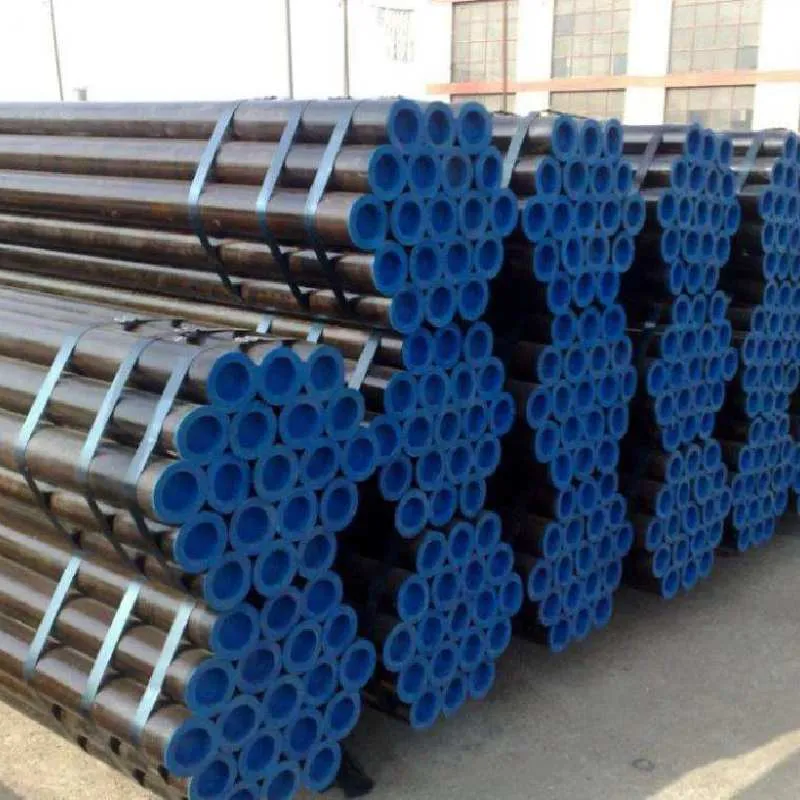-
Cangzhou Yulong Steel Co., Ltd.
-
Phone:
+86 13303177267 -
Email:
admin@ylsteelfittings.com
- English
- Arabic
- Italian
- Spanish
- Portuguese
- German
- kazakh
- Persian
- Greek
- French
- Russian
- Polish
- Thai
- Indonesian
- Vietnamese
- Zulu
- Korean
- Uzbek
- Hindi
- Serbian
- Malay
- Ukrainian
- Gujarati
- Haitian Creole
- hausa
- hawaiian
- Hebrew
- Miao
- Hungarian
- Icelandic
- igbo
- irish
- Japanese
- Javanese
- Kannada
- Khmer
- Rwandese
- Afrikaans
- Albanian
- Amharic
- Armenian
- Azerbaijani
- Basque
- Belarusian
- Bengali
- Bosnian
- Bulgarian
- Catalan
- Cebuano
- China
- China (Taiwan)
- Corsican
- Croatian
- Czech
- Danish
- Esperanto
- Estonian
- Finnish
- Frisian
- Galician
- Georgian
- Kurdish
- Kyrgyz
- Lao
- Latin
- Latvian
- Lithuanian
- Luxembourgish
- Macedonian
- Malgashi
- Malayalam
- Maltese
- Maori
- Marathi
- Mongolian
- Myanmar
- Nepali
- Norwegian
- Norwegian
- Occitan
- Pashto
- Dutch
- Punjabi
- Romanian
- Samoan
- Scottish Gaelic
- Sesotho
- Shona
- Sindhi
- Sinhala
- Slovak
- Slovenian
- Somali
- Sundanese
- Swahili
- Swedish
- Tagalog
- Tajik
- Tamil
- Tatar
- Telugu
- Turkish
- Turkmen
- Urdu
- Uighur
- Welsh
- Bantu
- Yiddish
- Yoruba

nov . 19, 2024 06:43 Back to list
Understanding ANSI Pipe Flanges and Their Applications in Industrial Settings
Understanding ANSI Pipe Flanges A Comprehensive Overview
ANSI pipe flanges are crucial components in various industrial applications, serving as connectors between pipes, valves, and other equipment. The term ANSI refers to the American National Standards Institute, which has established a set of standards for flange designs and dimensions, ensuring compatibility and safety across different systems.
What are ANSI Pipe Flanges?
ANSI pipe flanges are designed to provide a reliable and leak-proof connection in piping systems. They come in different materials, including carbon steel, stainless steel, and alloys, suitable for various environmental conditions and fluid types. The flanges are typically classified based on their pressure ratings, which range from class 150 to class 2500, impacting their thickness and ability to withstand pressure.
Types of ANSI Flanges
Several types of ANSI flanges exist, each serving a specific purpose
1. Slip-on Flanges These are the most commonly used flanges. They slip over the pipe and are welded in place, providing a strong and secure bond.
3. Lap Joint Flanges These flanges are used with a corresponding lap joint, allowing flexibility and easy access to piping systems.
ansi pipe flange

4. Threaded Flanges Designed for easy attachment without welding, threaded flanges are ideal for applications where welding is impractical.
5. Socket Weld Flanges These flanges require the pipe to be inserted into a socket before being welded, ensuring a strong connection for small-diameter pipes.
Standards and Specifications
The ANSI standards specify not only the dimensions but also the material properties and pressure-temperature ratings of the flanges. The most commonly referenced standard for pipe flanges is ANSI/ASME B16.5, which outlines the thickness, diameter, and pressure ratings, ensuring that flanges fit seamlessly with corresponding pipes and components.
Installation and Maintenance
Proper installation is critical for the performance of ANSI pipe flanges. The surfaces must be prepared to ensure a flat and clean contact area. Gaskets, typically made from materials such as rubber or metallic composites, are used to provide a tight seal. After installation, regular maintenance is necessary to check for any signs of leakage and to ensure that the flanges remain secure under varying pressure and temperature conditions.
Conclusion
ANSI pipe flanges play a vital role in the integrity of piping systems across various industries, including oil and gas, chemical processing, and water treatment. Understanding their types, standards, and installation requirements is essential for engineers and technicians involved in design and maintenance tasks. By selecting the appropriate type of ANSI flange and adhering to the prescribed standards, organizations can ensure safe, reliable, and efficient operation of their piping systems.
Latest news
-
ANSI 150P SS304 SO FLANGE
NewsFeb.14,2025
-
ASTM A333GR6 STEEL PIPE
NewsJan.20,2025
-
ANSI B16.5 WELDING NECK FLANGE
NewsJan.15,2026
-
ANSI B16.5 SLIP-ON FLANGE
NewsApr.19,2024
-
SABS 1123 FLANGE
NewsJan.15,2025
-
DIN86044 PLATE FLANGE
NewsApr.19,2024
-
DIN2527 BLIND FLANGE
NewsApr.12,2024
-
JIS B2311 Butt-Welding Fittings LR/SR 45°/90° /180°Seamless/Weld
NewsApr.23,2024











